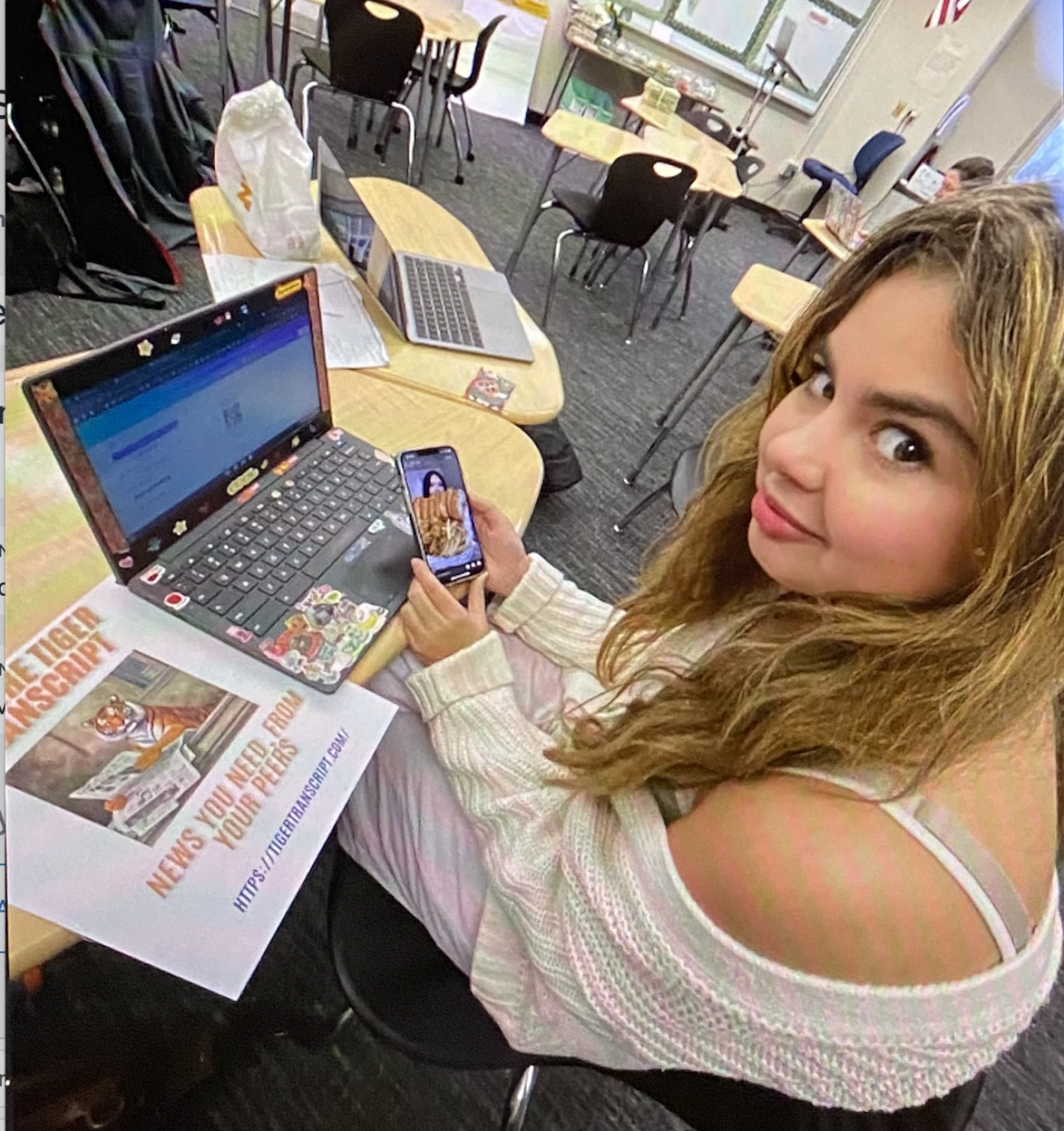 Why are students lacking engagement during lessons, and what makes an impact on how to keep students engaged for their 70-minute periods? Well, we asked fellow students at Ipswich High School what ways they find they learn best. Every class is different, and there are ways that each student learns best and teachers find they teach best. But is there an overlap? That is what we wanted to find out. In what ways is classroom engagement controllable, and are there certain techniques that most students benefit from?
Why are students lacking engagement during lessons, and what makes an impact on how to keep students engaged for their 70-minute periods? Well, we asked fellow students at Ipswich High School what ways they find they learn best. Every class is different, and there are ways that each student learns best and teachers find they teach best. But is there an overlap? That is what we wanted to find out. In what ways is classroom engagement controllable, and are there certain techniques that most students benefit from?
By now we have all heard that our bodies need movement, and it’s important not to sit at a desk for hours on end. To see the impacts, we looked into research from Northwestern College, where they experimented to see what environments helped students stay on task. “After 10 minutes, people that were moving around were more on task (87.6% time on task) compared to people that were sitting for long amounts of time (77.1% time on task).” The data showed an improvement in engagement when students had the opportunity to move around before they had to stay seated and focus on the topic. In this article, the research found it’s best to incorporate movement breaks to eliminate fidgety behavior.
When interviewing teachers at IHS, Ms. Fritz said engagement “definitely impacts teaching. If students aren’t engaged in current events, it makes the lesson flat; students need to be into it.” When one student isn’t engaged, it can impact other students around. Ms. Fritz has found ways to improve her teaching to benefit her students; she finds that “switching topics [and methods] every 15 minutes, for example, talking, notes, quizlets, walks, practice theses’, etc.” are great ways to improve student engagement in the classroom. One can tell that students need a break when they give you the “dead stare,” she says, and she has found that you can switch up the energy of a class by changing the activity.
Ms. Whitman, who also teaches at IHS, has also found that it’s best if she “offers] working in groups. That way, they are still socializing while getting their work done. Depending on the students, they will take that opportunity. Some focus better when I enforce a quieter environment.” Methods vary depending on the teachers, so we thought we would ask the students if they had a preference.
When interviewing a senior at IHS, we asked what methods teachers use that she finds beneficial for her focus in class. She said “breaks and [splitting] up information” are beneficial “so you have time to process it.” She found that lectures in class can be hard to “hang in there” and that it can be “difficult to kick off the class with notes.” She elaborated that in the best-case scenario, teachers should give students an option for doing group work versus doing it individually. “A balance is important, and I feel like having the option is the best method… Sometimes individual work can be better because group work can be a force and can be easy to get distracted.” When asking a junior at IHS, she emphasizes that it helps to have an end goal when staying focused on work; many teachers use movement breaks as a reward for staying on task. They “push us to be able to do the work and stay focused.” She explained that these movement breaks can be beneficial for allowing students to socialize and let their energy out before having to focus on the subject. “It helps me get my energy out so then when we come back to class I can focus on my work.” So then if both students say that movement breaks are beneficial… How often are they getting them?
It is a common fact that moving your body is important. If classes aren’t incorporating opportunities to take a step away from sitting in a seat, whether that is a small activity or a short movement break, how are we expecting students to focus for long periods? After interviewing students at IHS, it’s clear that students see the benefits of doing different activities. Moving around and avoiding lectures were the best ways for them to stay engaged in the topics talked about in class. Classes should embrace including diverse types of learning methods because, let’s face it, it would be more beneficial to take five minutes in the middle of a class period to go for a walk than to spend the last thirty minutes of class with a group of students who aren’t engaged in the material in front of them and are avoiding learning the topics at hand.

